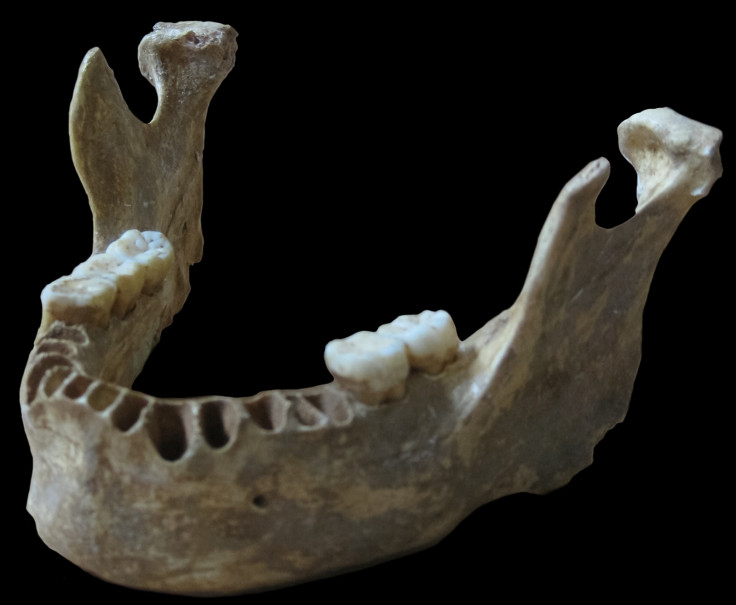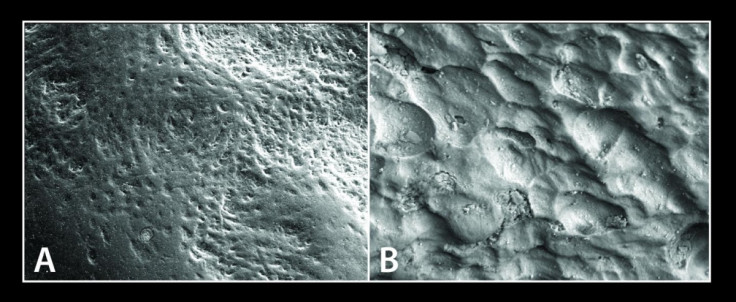Neanderthal skulls grew differently to modern day humans discover NYU researchers

Neanderthals had different facial growth patterns to the modern day human (homo sapiens), say researchers from the New York University College of Dentistry. The researchers found that human faces develop differently now compared to our Neanderthal relatives who lived around 200,000 years ago.
"Some have thought that Neanderthals and humans should not be considered distinct branches of the human family tree," said lead researcher and paleoanthropologist Rodrigo Lacruz. "However, our findings, based upon facial growth patterns, indicate they are indeed sufficiently distinct from one another."
The researchers found that the structure of bones in our heads is different to Neanderthals. In modern day humans, the inside of bones is made from osteoblasts – bone-forming cells – and the outside of the bone is made from osteoclast cells – or bone absorbing cells. However, it was found that the structure of the Neanderthal's bones was the opposite way around, with the osteoblast cells on the outside, and osteoclast cells on the inside.

The team managed to map the changes in the Neanderthal skull as it developed, as the growth cells are preserved on the bone itself. It was just a case of using electron microscopes and portable confocal microscopes to identify these cells, and then analyse the changes to the facial skeleton through time.
"Resorption [osteoclast cells] can be seen as crater-like structures – called lacunae – on the bone surface. Whereas layers of osteoblast deposits have a relatively smooth appearance," said Timothy Bromage, Department of Biomaterials at NYUCD, describing what the researchers were looking for when analysing the bones.

Results showed that the upper jawbone of Neanderthal's were more projected than the modern day human child, because of an abundance of osteoblasts without enough osteoclast cells to counter its effect. The net result of this means a more pronounced jaw; a feature seen in ancient hominins – or apes.
"They share with older African hominins a similar facial growth pattern," said Lacruz. "Meaning that humans deviated from the ancestral pattern. In that sense, the face that is unique is the modern human face."
The researchers are now trying to find out how, and why, modern day humans have different facial-growth development.
© Copyright IBTimes 2025. All rights reserved.






















